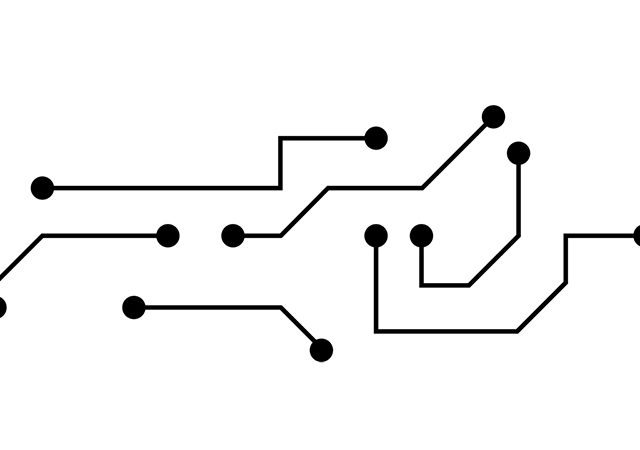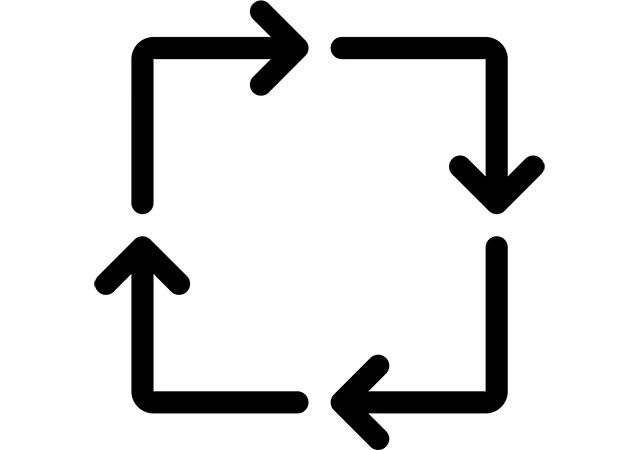Let us take n resistors … connected in parallel with voltage source . According to Ohm’s Law the same voltage goes through each resistor.

and .
Kirhhoff’s Law states that:
Equivalent resistance for n parallel resistances is described by the formula:
The complex circuit (above) with three branches can be replaced by the equivalent circuit with with one equivalent resistance. In this case it’s easier to use conductance instead of resistance. Equivalent conductance is equal to the sum of single conductances.
If . Then .
This leads us to the principle of current division. Resistors share the current , with inverse in proportion to their resistances (conductances). By easy calculation you can see that biggest current goes through the smallest resistance. This circuit is called a current divider and is current division formula is:
These two examples above show how convenient it is to combine a complex series or parallel resistances into simplified networks with reduced quantity of resistances.




